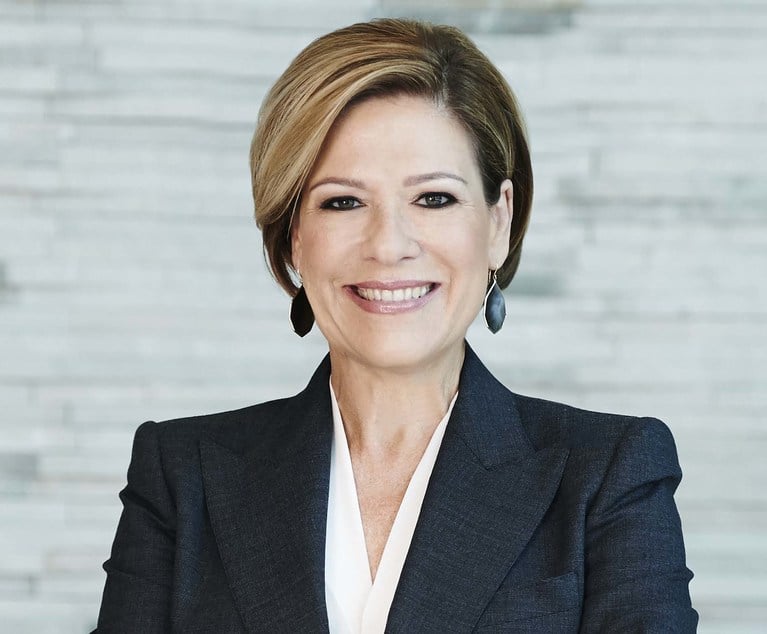NEW YORK CITY-Across the country, the hospitality industry is expected to continue the trend of the last few years and have strong revenue growth in 2014. Although 2013 was a good year for hotel owners, operators and managers, early signs indicate that this year will be even better. Many industry insiders also predict this growth will continue well into 2015.
A recent report by PKF Hospitality Research supports the conclusion that there will be increased hotel revenue in many locations across the country. The reason for this rise is based largely on a shrinking supply, rather than the anticipated demand or the ability of operators and managers to charge higher rates. Urban markets and particularly hotels in the gateway cities such as New York, Boston, Philadelphia, Miami, San Francisco, Los Angeles and San Diego will see extraordinary growth as a result of increased domestic and international tourism and the limited amount of construction since the start of the recession in 2008. In contrast, Midwest cities will see less growth due largely to the region's lagging economies. Nevertheless, every market across the country is likely to see some growth, with the greatest percentage in the gateway cities.
Interestingly, across the country average revenue per room (RevPAR) is expected to grow in every sector of the hospitality market with economy hotels increasing at 7.3%; midscale hotel increasing by 5.1%; upper midscale increasing by 5.4%; upscale by 6.6%; upper upscale by 6.4% and luxury by 7.9%. In addition, unbranded, independent hotels are also expected to have RevPar growth of at a 5.8% rate.
The hint at a strong 2015 is coming from the fact that the economy is still growing and there is still limited development—except in certain areas across the country. But even in areas of maximum development the trend is towards smaller boutique hotels rather than the enormous, one-size-fits-all strategy that previously pervaded the market. In addition, as a result of cost cutting measures imposed across the industry during the recession and the reduced costs of energy, RevPar is expected to continue to grow at a faster rate than occupancy or average daily rates (ADR). This is supported by recent reports from Smith Travel Research indicating that at the end of 2014 the Occupancy Rate/ ADR for each market segment for 2014 will, respectively, be economy (2.3%/3.4%); midscale (.9%/3%); upper midscale (.5%/3.2%); upscale (1.9%/4.6%); upper-upscale (0%/4.3%); luxury (1.6%/5.4%) and independent (.4%/4.6%).
Notwithstanding the average occupancy rates described above, hotels in the gateway cities and major tourist destinations have now returned to overall occupancy levels that were in line with pre-recession numbers, and demand appears to be heading toward the all time highs experienced in the prior decade.
Stuart Saft is a partner at Holland & Knight. The views expressed in this column are the author's own.
Continue Reading for Free
Register and gain access to:
- Breaking commercial real estate news and analysis, on-site and via our newsletters and custom alerts
- Educational webcasts, white papers, and ebooks from industry thought leaders
- Critical coverage of the property casualty insurance and financial advisory markets on our other ALM sites, PropertyCasualty360 and ThinkAdvisor
Already have an account? Sign In Now
© 2024 ALM Global, LLC, All Rights Reserved. Request academic re-use from www.copyright.com. All other uses, submit a request to [email protected]. For more information visit Asset & Logo Licensing.








